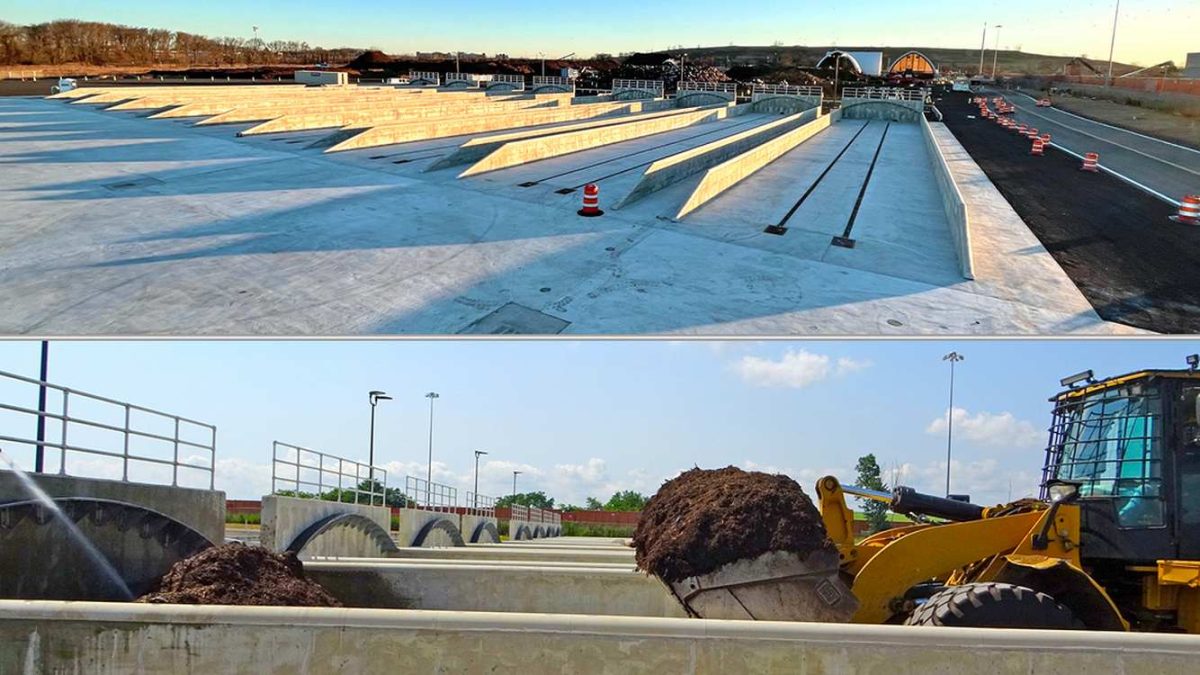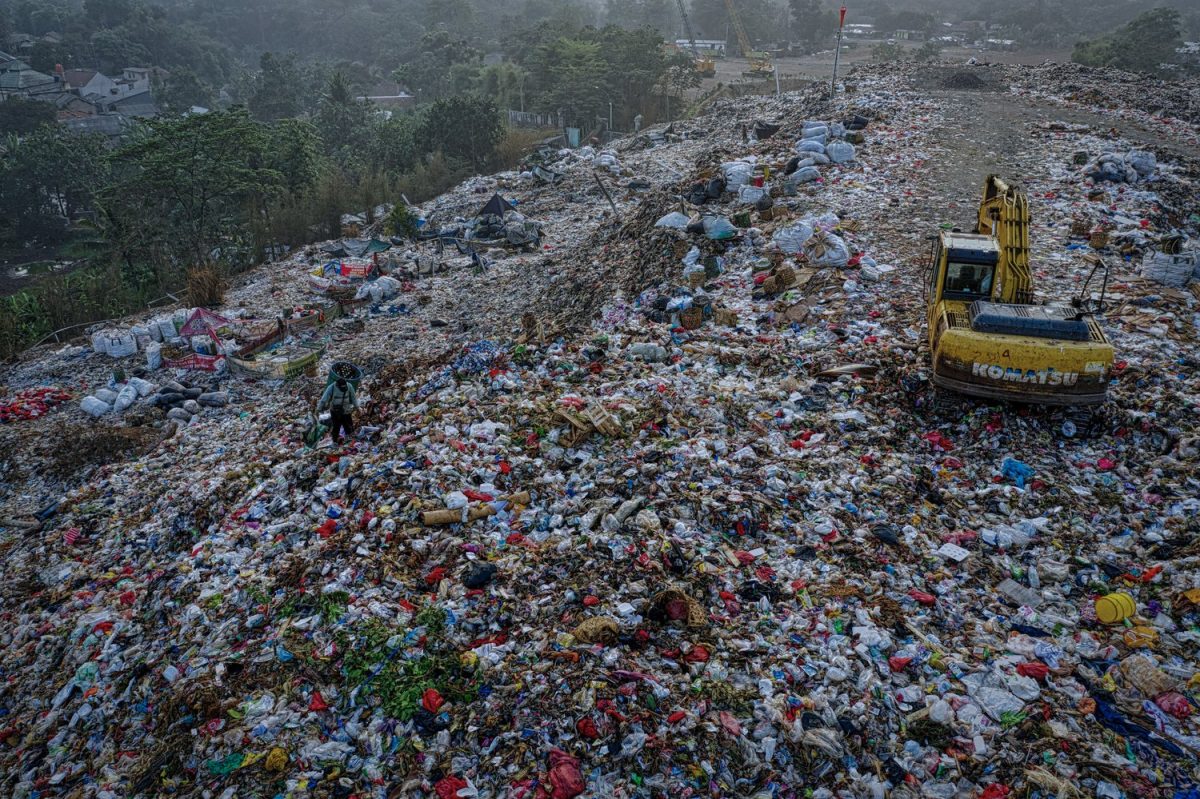Overconsumption poses significant dangers to both the environment and human well-being. It can lead to resource depletion, pollution, climate change, and even health problems, contributing to feelings of dissatisfaction, anxiety, and addiction.
What is overconsumption?
Overconsumption is defined as when humans consume more resources than we produce. It is an excessive use or misuse of resources such as goods, services, and natural resources, exceeding the planet carrying capacity, meaning that the rate of rescue consumption surpasses the rate at which resources can be replenished or regenerated. Overconsumption occurs at the individual level but is more commonly measured on a country-wide, continent-wide, or planet-wide basis.
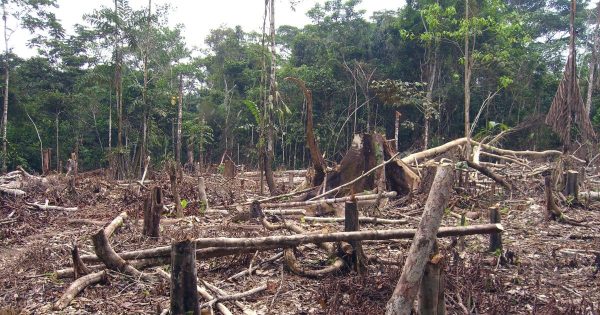
Why is it dangerous?
Overconsumption worsens climate breakdown and increases air pollution, leading to excessive use of resources like fossil fuels, water, and raw materials, being a major drive of climate change. It drives excessive greenhouse gas emissions, worsening global warming and leading to more frequent and intense weather events. Overconsumption also impacts other factors such as resource depletion, carbon emissions, and pollution. Modern consumption is depleting resources such as trees for paper, metals for electronics, or fossil fuels for plastics far faster than they can be replenished.
Examples of this can be…
- Deforestation: The world loses an estimated 10 million hectares of forest each year, driven largely by agriculture, logging, and paper production.
- Water scarcity, such as the fashion industry using 93 billion cubic meters of water annually, enough to meet the needs of 5 million people for a year.
- Mining and soil erosion such as extracting rare earth metals like lithium and cobalt for electronics, destroying ecosystems and polluting water sources, leaving landscapes permanently scarred.
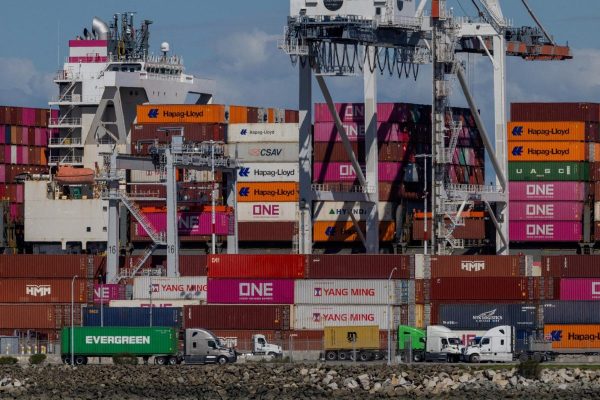
Majority of objects we buy and own are manufactured in energy-intensive factories, shipped across oceans, and transported via trucks before they can reach us. All of this generates massive carbon emissions (the release of carbon dioxide and other carbon compounds into the atmosphere), accelerating climate change. Waste decomposition plays a big part within overconsumption, as it is one of the largest human-caused methane sources worldwide and accounts for 20% of global emissions. This is when waste isn’t properly managed, leading to releases of methane, as greenhouse gas 25 times more potent than CO2 (carbon dioxide). Transportation, such as freight movement by trucks, planes, ships, and trains accounts for 8% of global emission, rising to 11% with warehouses and ports. As demand for goods grows, so do emissions with shipping and airfreight playing a major role in overconsumption carbon footprint (The total amount of greenhouse gasses that are released into the atmosphere by a person, organization, product, or activity). Our overconsumption isn’t just using up resources, it’s actively heating the planet.
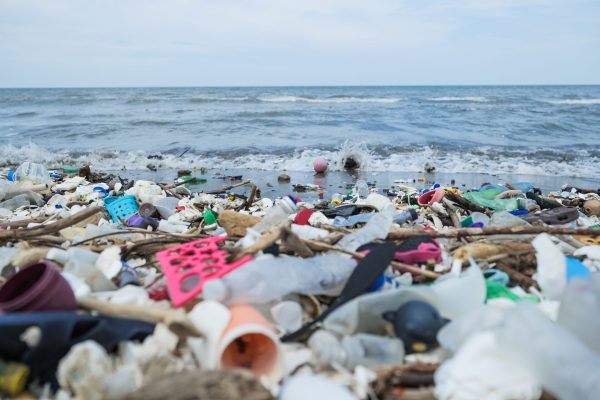
From plastic waste suffocating marine life to toxic chemicals contaminating rivers, overconsumption is polluting every corner of the planet. Over 400 million tonnes of plastic are produced each year, and only 9% is ever recycled. The rest ends up in landfills, incinerators, or the environment, factoring plastic pollution towards overconsumption. As for E-waste, the world generates 50 million tonnes of electronic waste annually, but only 20% is formally recycled. The rest often ends up in informal dumpsites in developing countries, exposing workers to hazardous materials. Pollution also includes its toxic runoff as textile dyes and industrial chemicals contaminate water supplies. This leads to dead zones in oceans where marine life can no longer survive. Pollution is also a human health crisis, linked to respiratory diseases, cancers, and neurological disorders.
What we can do to reduce overconsumption:
Conscious changes in daily habits can collectively create a major impact, examples being, rethinking what you buy, choosing quality over quantity, and cutting waste in everyday life. Here’s how you can reduce your consumption with these examples while still enjoying a high quality life.
Many purchases are driven by impulse, convenience, or marketing, rather than real need. Before buying something new, try and ask yourself –
- Do I really need this, or is it just a short-term want
- Can I borrow, rent, or buy send-hand instead
- Is this a high quality, long lasting item, or will I need to replace it soon?
A significant portion of waste comes from unnecessary purchases. The average person will only wear an item of clothing seven times before discarding it. By choosing high-quality and preferred clothing, repairing items instead of replacing them can drastically cut fashion waste.
Choosing quality over quantity is a two way win for you and the planet. Fast fashion, cheap electronics, and disposable household goods might be tempting, but they will end up costing more in the long run, both financially and environmentally. Instead of cheap items that don’t last long, consider –
- Buying high quality and durable products that last years instead of months
- Support brands offering repair services, warranties, and resale options
- Look for modular products where parts can be replaced instead of tossing the whole item
For…
- clothing, try fewer, high-quality items from ethical brands.
- electronics, attempt to find repairable, and upgradable devices
- Furniture, timeless, solid wood or metal designs last longer than fast furniture
- Household goods, reusable and repairable options over single-use is a great alternative.
A high-quality wool coat can last ten or more years, while a cheap- fast fashion coast might need unnecessary replacing every winter.
Many everyday actions waste useful resources. Reducing overconsumption also means reducing waste. One way you could do this is by controlling your food usage. Planning your meals, using leftovers, and storing food properly to avoid waste could very easily be a part of your everyday life while also helping the environment as a third of all food produced is wasted. Avoiding fast food chains such as Starbucks, McDonalds, and Dunkin could also help food usage as they are popular contributors of overconsumption due to their high-calorie, low-nutrient food offering, large portion sizes, and convenient accessibility. These factors can often lead to overeating and contributing to health issues. Another way could be to carry a reusable bottle, bag, and coffee cup instead of using disposables, cutting out most of the unnecessary waste. Lastly, the way you use your tech could make a difference by extending and maintaining the life of your phone, laptop, and appliances.
Conclusion: overall, our daily actions exhausts the planet’s life support systems like the ones that provide us with fresh water, and leaves us short of materials critical to our health and quality of life. At our current rate of consumption, we would need 1.75 earths to sustain our resource use. It’s important for us humans to be aware of the effects we have on the planet as it’s our overall source of life.
Works Cited:
- Anderson, K. (2025, February 18). Why overconsumption is a problem and how to stop it. Greenly. https://greenly.earth/en-gb/blog/ecology-news/why-overconsumption-is-a-problem-and-how-to-stop-it
- Consumption Natural Resources and the environment. Friends of the Earth. (n.d.). https://friendsoftheearth.uk/consumption-natural-resources
- Small, B. (n.d.). The cost of overconsumption. The Cat’s Eye. https://thecatseye.org/6963/features/the-cost-of-overconsumption/
- Constellation. (n.d.). What are carbon emissions and why do they matter?.https://www.constellation.com/energy-101/energy-innovation/what-are-carbon-emissions.html
- Millstein, S. (2025, January 17). How overconsumption affects the Environment and Health, explained. Sentient. https://sentientmedia.org/overconsumption/#:~:text=Overfishing%20and%20Its%20Impact%20on,rate%20than%20they%20can%20reproduce.











